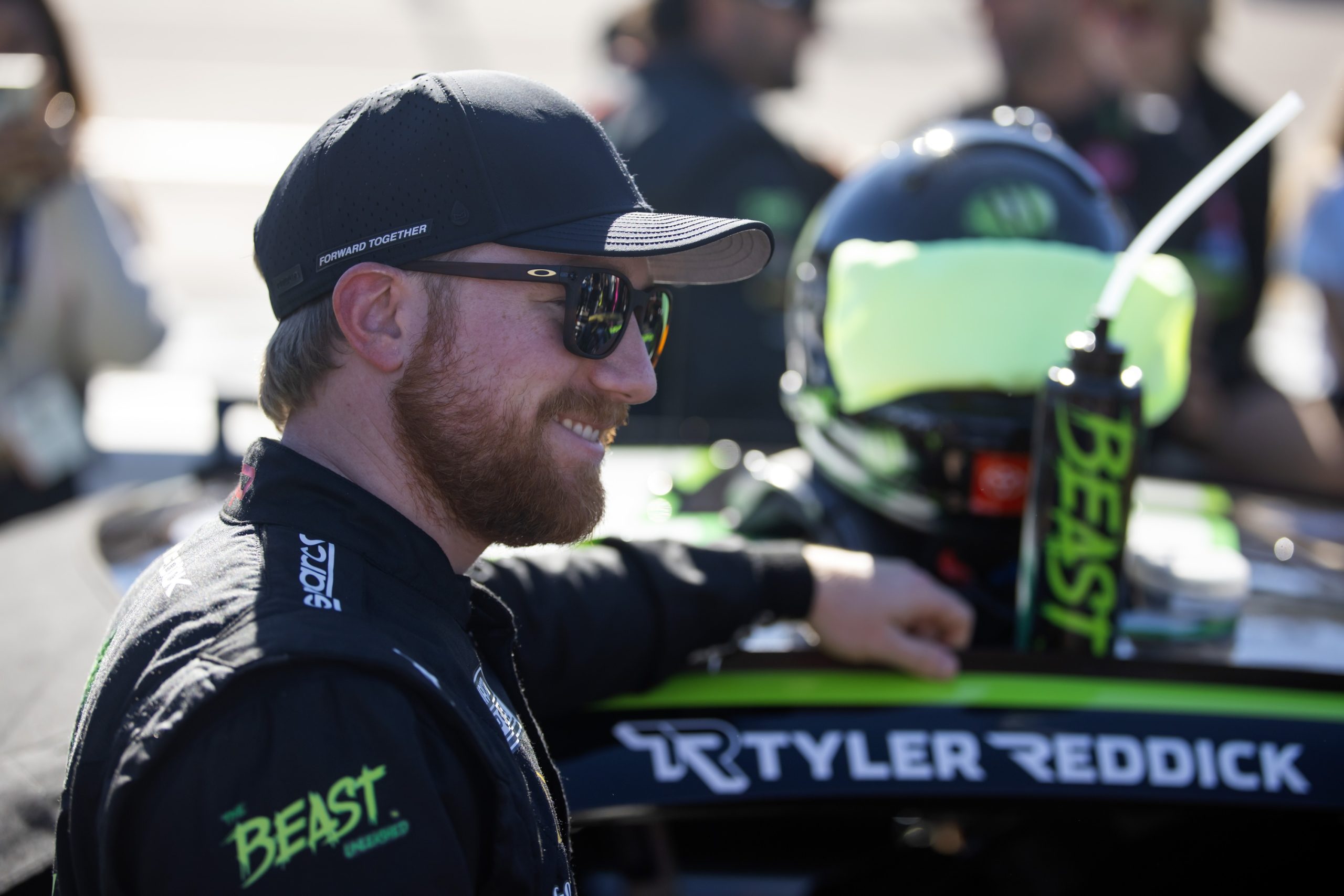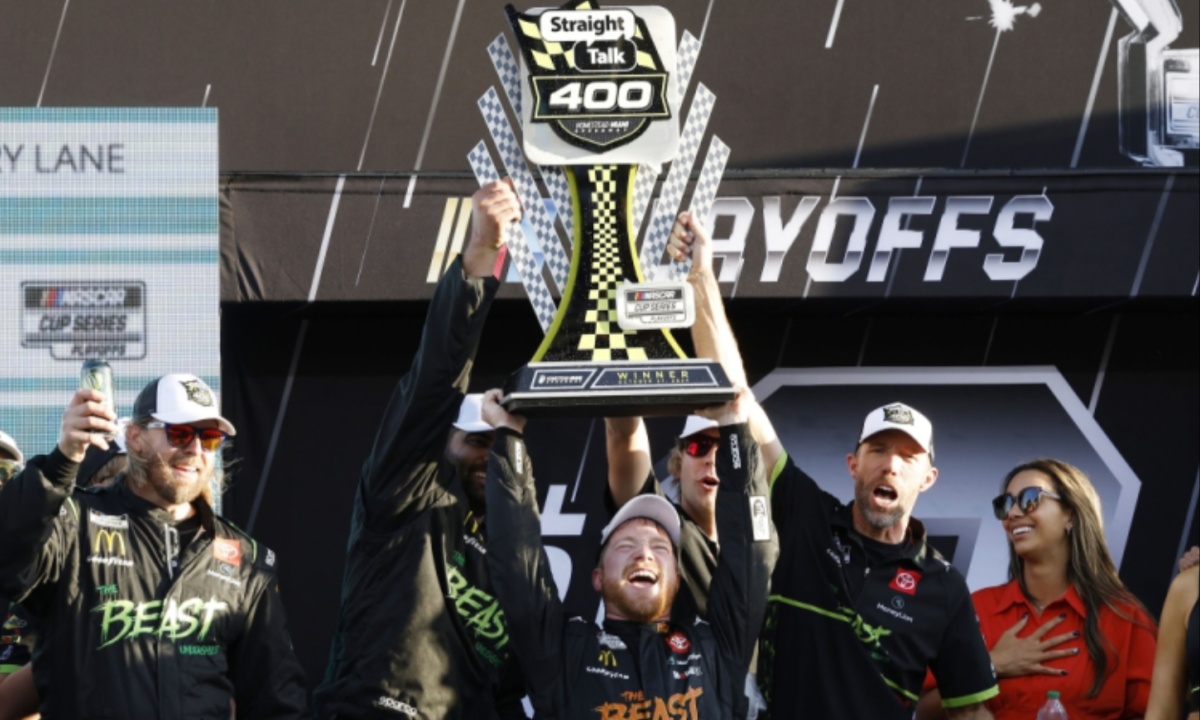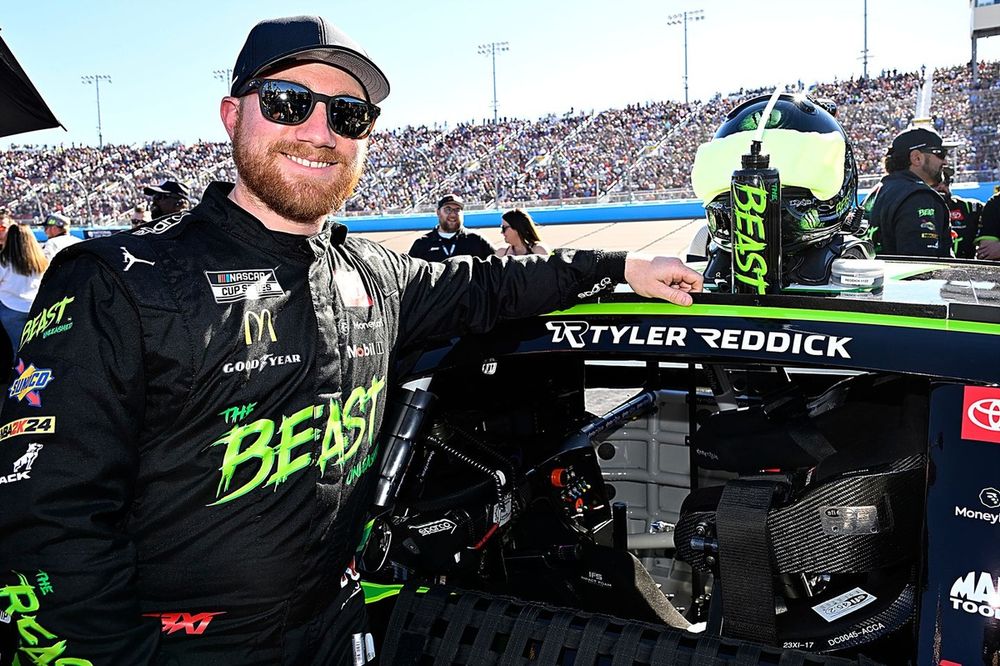Tyler Reddick’s journey toward his first NASCAR Cup Series championship at Phoenix Raceway was filled with intensity, beginning on Thursday with preparations for one of the biggest weekends of his career. Reddick was one of the final four contenders, known as the Championship Four, alongside William Byron, Joey Logano, and Ryan Blaney. The championship would go to the highest finisher among them on Sunday.
The lead-up to the race was challenging for Reddick and his team, 23XI Racing. Reddick was the sole Toyota representative after his team owner, Denny Hamlin, was eliminated the prior week, and his manufacturer teammate, Christopher Bell, lost his spot in the Championship Four due to a safety infraction. Despite the ongoing legal battles between 23XI and NASCAR, Reddick maintained focus and confidence, expressing a positive outlook in a pre-race interview.
Reddick’s journey to the Championship Four reflected NASCAR’s intense playoff structure, which eliminates drivers across ten races and four rounds. Reddick faced challenges in the eight-driver round, crashing at Las Vegas, but credited his progress to improved mental resilience, separating personal life from race pressures. This focus helped him qualify for the final showdown.
As a two-time champion in the Xfinity Series, Reddick found familiar ground in his pursuit of the Cup title. He described a sense of calm and readiness, drawing on his past experience and a focused mindset. His belief in the “zone” experience during races, where actions feel instinctual, drove his last-lap win at Homestead-Miami, where he dramatically clinched his place in the final four.

Reddick emphasized the difficulty of the NASCAR playoffs, noting how critical it was to win races to avoid the uncertainties of points-based qualification. With three contenders winning the Round of Eight races, the pressure mounted as the competition tightened for the final spot. Reddick’s Homestead win offered his team extra time to prepare for Phoenix, a chance he embraced thoughtfully.
Preparation for the final race was as much about strategy and team performance as about Reddick’s mindset. Crew chief Billy Scott explained that Phoenix allowed more flexibility in car adjustments, a departure from the usual, shorter NASCAR weekend formats. With three similar setups across the 23XI team cars, engineers and drivers collaborated closely, focusing on each detail to maximize performance.
Technological analysis was another crucial component. Using data visualization tools like SMT, Reddick’s team analyzed his car’s performance compared to competitors, allowing precise adjustments to be made based on real-time insights. Data from each car in the 23XI garage provided valuable feedback for optimizing Reddick’s vehicle for race day.
Pit strategy was pivotal, as each stop demanded fast, precise action from the crew. Teams gain an edge by choosing optimal pit boxes with space, minimizing delays. Scott strategized around various tire and fuel options, knowing that managing tire wear and fuel across 312 laps would be essential for long-run speed.

In Friday’s practice, Reddick placed 21st, trailing behind his Championship Four rivals. Through team debriefs, the 23XI drivers adjusted setups collaboratively, working together to refine performance. Reddick improved to 10th in qualifying the next day, putting him in a better starting position but still chasing an edge over his fellow finalists.
As the race began, Reddick held his own, running 10th and staying competitive in restarts. However, the other Championship Four cars consistently held better long-run speed. Blaney emerged as the strongest, clinching the title in the final laps, while Reddick finished sixth—a strong placement, but not enough for the championship.
Post-race, Reddick reflected on the effort his team put in, noting they made no significant mistakes and improved the car throughout the day. Despite the competitive performance, he acknowledged that they ultimately lacked the speed to keep up with the leading contenders in the closing laps.
For Reddick, his first Cup Series title pursuit ended with pride and acceptance. He walked away knowing his team had done everything possible, embodying a hard-earned understanding of the fine balance between preparation, performance, and the unpredictable nature of championship racing.

